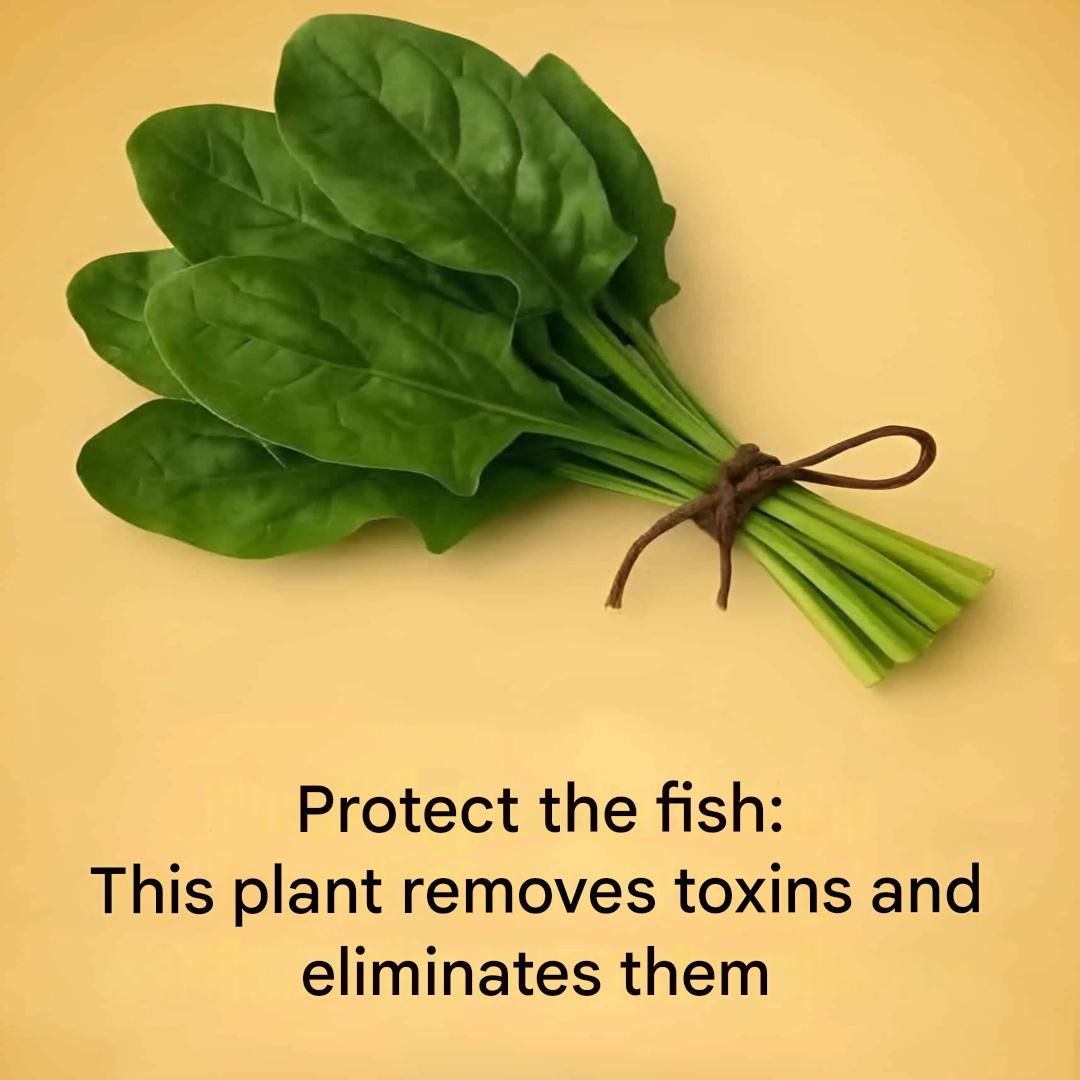Spinach is relatively easy to grow and can thrive in various climates, making it a sustainable crop. Its rapid growth cycle allows for multiple harvests in a single growing season, contributing to food security.
Low Carbon Footprint:
As a leafy green, spinach has a lower carbon footprint compared to many animal-based food sources. Incorporating more plant-based foods like spinach into our diets can help reduce greenhouse gas emissions associated with livestock farming.
How to Incorporate Spinach into Your Diet
Salads:
Fresh spinach makes an excellent base for salads. Combine it with other vegetables, fruits, nuts, and a light dressing for a nutritious meal.
Smoothies:
Add a handful of spinach to your morning smoothie for a nutrient boost. Its mild flavor blends well with fruits and other ingredients.
Cooking:
Spinach can be sautéed, steamed, or added to soups, stews, and pasta dishes. Cooking reduces its volume significantly, allowing for larger servings of nutrients.
Snacks:
Try making spinach chips by baking fresh spinach leaves with a drizzle of olive oil and a sprinkle of salt for a healthy snack alternative.
Pesto:
Blend spinach with nuts, garlic, olive oil, and cheese to create a delicious pesto sauce that can be used on pasta, sandwiches, or as a dip.
Conclusion
ADVERTISEMENT

